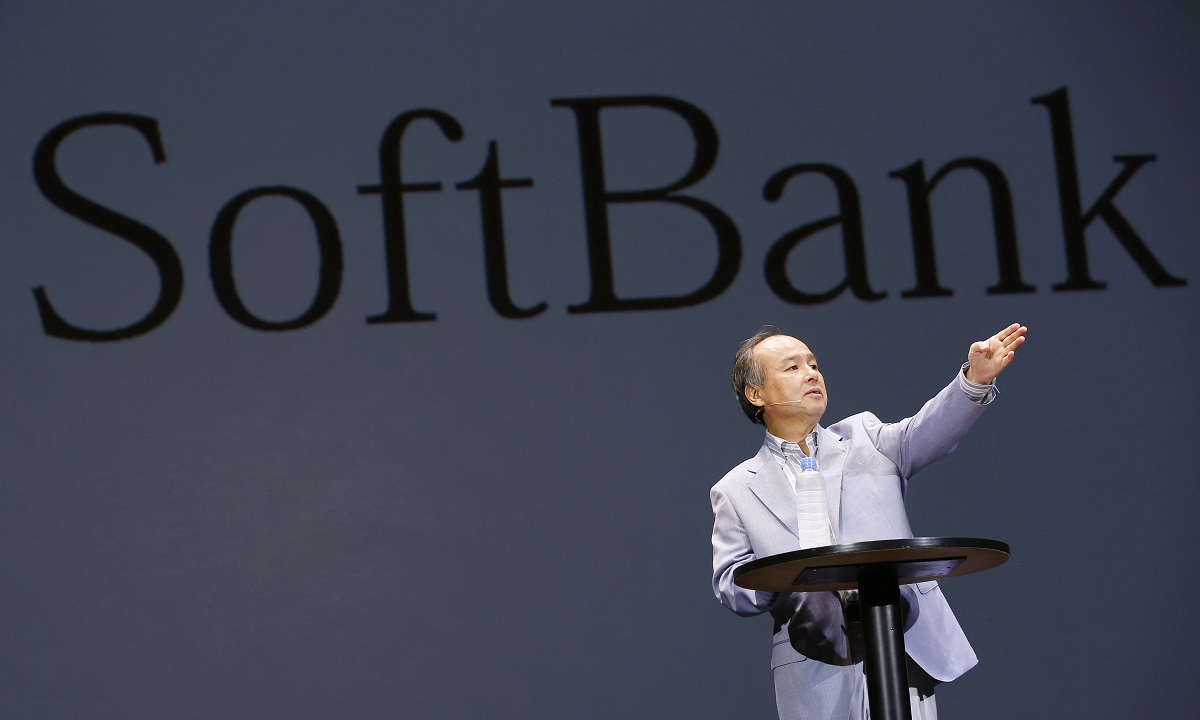
AODocs integrates seamlessly with Google Suite, and will be bringing that service to Japanese consumers. Source: Shutterstock
How AODocs uses ‘customer-first’ approach to grow 100pc annually
SINCE forming AODocs back in 2012, CEO Stéphane Donze has seen his humble startup grow significantly. Building its services atop Google’s G Suite, AODocs has become one of the document platform management systems of choice for several high-profile businesses. The company continues to grow at an impressive rate, with AODocs currently seeing a 100 percent growth annually.
Recently, AODocs announced its biggest milestone yet: a partnership with Japan’s SoftBank, and a plan to saturate the Asian region. Tech Wire Asia was able to get a few minutes of Donze’s time in a short interview about AODocs’ recent SoftBank partnership, the company’s plans for Asia, and how SMEs and startups can grow amidst the ongoing trends in the e-commerce industry.
AODocs’ recent partnership with SoftBank is an impressive milestone for the company. Can you tell us how the deal with the Japanese financial firm played out?
AODocs is a pretty young company. Softbank is not. AODocs has just about 60 people, with markets in North America and Europe. Document management platform is adopted in many different industries. We’re looking at Asia as the next growth area where we can expand to more customers.
AODocs has a close relationship with Google. It turns out that in Japan, Softbank is the biggest GSuite partner. In Japan, the culture of the country and the way the market works is vouched and validated by a trusted brand. If we’re under the SoftBank umbrella, there’s less risk.
On the other hand, this alliance is not just us asking Softbank to come work with us. SoftBank also came to use to ask us to work with them. They saw AODocs as a good way to provide additional services. The partnership was sought by both sides.
AODocs’ partnership with Softbank is definitely a milestone for the company. What was the biggest challenge you faced before reaching this point, and how did AODocs overcome it?
The first part was getting to a point where we were visible to SoftBank. We reached this point 2015. At this stage, we were big enough and mature enough in the Google marketplace to be recognized by SoftBank. In the same year, we were recognized by Google, too.
Next step, we had to get AODocs ready for the Japanese market. We worked with translating companies. We had the user interface (UI) validated to ensure that it was good enough for the Japanese market. We also worked on the sales side, as well as technical support partners. This way, our Japanese partners can get enough knowledge on AODocs.
Which particular Asian regions would AODocs be focusing on, now that the SoftBank partnership is already in effect?
After Japan, AODocs will be expanding to other English-speaking Asian countries, such as Singapore, the Philippines, Thailand, and India. Countries with a strong proportion of English speaking population are AODocs’ next goals.
Will you be adopting a specific strategy now that you are saturating Asia?
We focus on practical usage. The challenge we have is that we have a generic product that can do many different things. Sometimes, it is hard to sell a product that can do many different things.
So, we are packaging vertical solutions on AODocs — the first being quality management. Quality management is particularly relevant in Japan, because Japan itself invented quality management. Other global strategies for North America and Europe are also applied for our Asian operations.
In your opinion, what are the current advantages that small and medium-sized businesses enjoy in the grand scheme of the e-commerce landscape?
The importance of SMEs is growing very fast because they have more and more tools to get a worldwide global exposure that before was accessible only to bigger companies. Now, they can sell their products on platforms like Amazon. They also have access to the same supply chain and global exposure as larger enterprises.
I lived this as the creator of AODocs. From day one, I was able to hire people from the other side of the world that I could not reach if I had created the company 10 years ago. Just because of that, we play on the same field as bigger companies. Thus, when we created the first version of the application, we published it on the Google Marketplace. It was immediately visible to the millions using G suite.

AODocs will be working with Softbank. Source: AP
AODocs started as a small enterprise as well, and over the years, it has exhibited an immense amount of growth. Can you give some useful insights for our readers who would like to grow their businesses as well?
I think one of the reasons behind the success of AODocs as a product is that from day one, we had access to customers who challenge our product ideas. The way the company was created, we were partnering from the very beginning with the G Suite System Integrator, which allowed us to have conversations with customers. This gave us a good idea of the services and products that we will eventually offer.
We designed the product based on real conversations with customers. Especially in software, it is important to make sure that whatever product idea you have, the only way to solve the pain (customer’s needs) is to talk with people who experience the pain. Some people have an idea or a vision of what they want to do, but they come up with a product that customers really do not need.
It’s a constant conversation. It’s not just talking to two or three people. We change our product almost every day based on customer feedback. You need to talk to multiple customers to make sure the product fits their needs. It’s a hard trade-off, but it’s needed.
One customer alone will likely lead you in the wrong direction. Getting the average of what everyone says, however, will tell you something important. It’s almost like a democracy. If you have a group that’s big enough talking about the same issue, then there is definitely something worth exploring there.
READ MORE
- Strategies for Democratizing GenAI
- The criticality of endpoint management in cybersecurity and operations
- Ethical AI: The renewed importance of safeguarding data and customer privacy in Generative AI applications
- How Japan balances AI-driven opportunities with cybersecurity needs
- Deploying SASE: Benchmarking your approach








